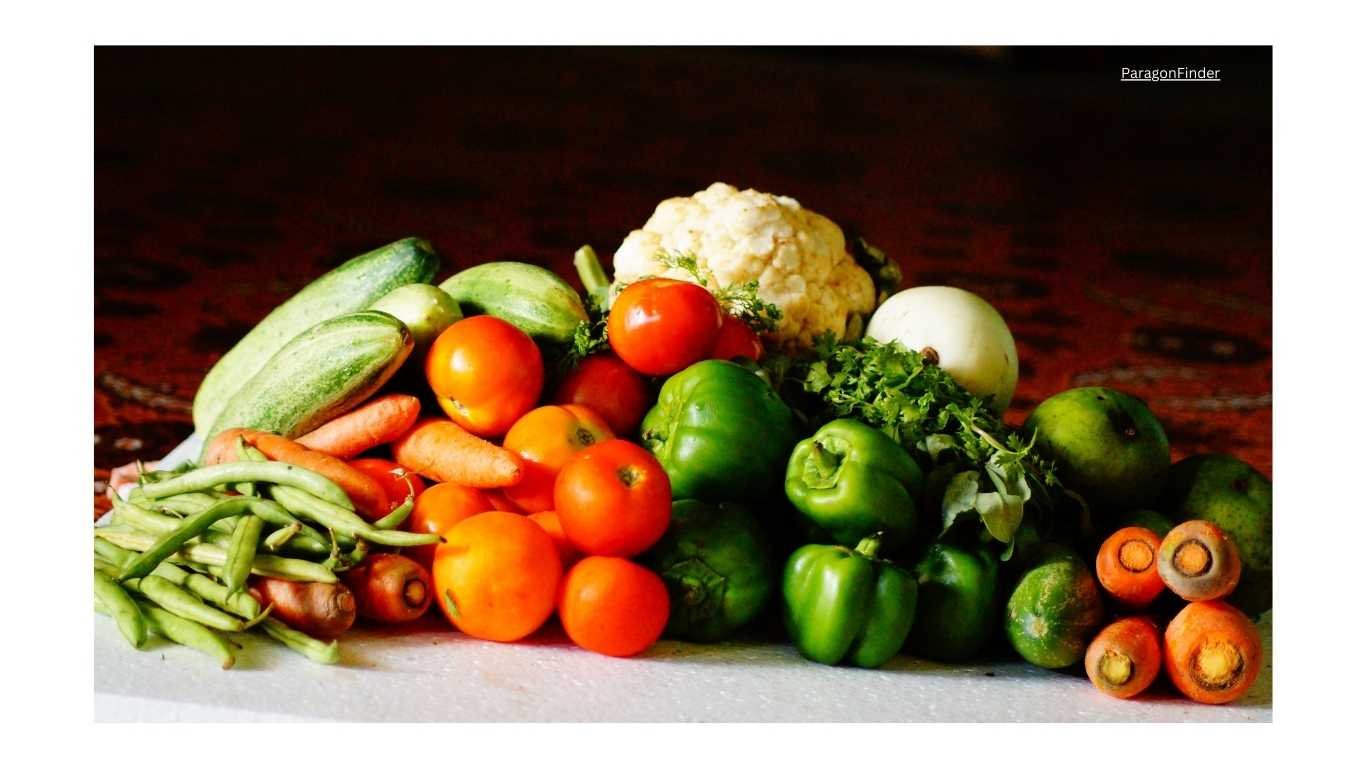
1. Radishes: Quick and Simple
Radishes are one of the fastest-growing vegetables, maturing in just about 3 to 4 weeks. They require minimal care and can be grown in both garden beds and containers.
Tips for Growing Radishes:
- Plant radish seeds directly in the soil.
- Ensure they receive full sun.
- Keep the soil consistently moist but not waterlogged.
- Thin the seedlings to avoid overcrowding.
2. Lettuce: Versatile and Low-Maintenance
Lettuce is another excellent choice for beginners. It can be harvested multiple times, providing a steady supply of fresh greens.
Tips for Growing Lettuce:
- Sow seeds directly in the ground or start them indoors.
- Choose a spot with partial shade to avoid bolting in hot weather.
- Water regularly to keep the soil moist.
- Harvest outer leaves to allow continuous growth.
3. Green Beans: High Yield with Little Effort
Green beans are prolific producers and are relatively easy to grow. They come in bush and pole varieties, with bush beans being particularly beginner-friendly.
Tips for Growing Green Beans:
- Plant beans after the last frost date.
- Provide full sun and well-drained soil.
- Water deeply once a week.
- Support pole beans with trellises or stakes.
4. Carrots: Sweet and Crunchy
Carrots are root vegetables that grow well in loose, sandy soil. They’re fun to harvest and make for a sweet, crunchy snack.
Tips for Growing Carrots:
- Sow seeds directly in the ground.
- Ensure the soil is free of rocks and clumps.
- Thin seedlings to give each carrot enough room to grow.
- Water regularly to keep the soil evenly moist.
5. Tomatoes: A Garden Staple
Tomatoes are a bit more demanding than some other beginner vegetables but are incredibly rewarding. They come in many varieties, including cherry, plum, and beefsteak.
Tips for Growing Tomatoes:
- Start seeds indoors or purchase young plants.
- Plant in a sunny location with rich, well-drained soil.
- Water consistently, aiming to keep the soil moist but not soggy.
- Support plants with cages or stakes to keep fruit off the ground.
6. Zucchini: High Yield with Minimal Care
Zucchini plants are highly productive and can produce a significant amount of fruit with little effort.
Tips for Growing Zucchini:
- Sow seeds directly in the ground after the last frost.
- Provide full sun and well-drained soil.
- Water regularly, ensuring the soil stays moist.
- Harvest zucchinis while they are small and tender.
7. Spinach: Nutritious and Fast-Growing
Spinach is a cool-season crop that can be harvested in as little as four weeks. It’s packed with nutrients and can be used in a variety of dishes.
Tips for Growing Spinach:
- Sow seeds directly in the garden.
- Choose a location with partial shade.
- Keep the soil consistently moist.
- Harvest leaves regularly to encourage new growth.
8. Peas: Sweet and Simple
Peas are another cool-season crop that’s easy to grow. They can be eaten fresh or cooked and are a delightful addition to any garden.
Tips for Growing Peas:
- Plant seeds early in the spring.
- Provide support with trellises or stakes.
- Water regularly, especially during flowering and pod development.
- Harvest when pods are plump and green.
9. Cucumbers: Refreshing and Easy
Cucumbers are fast-growing and can be grown on the ground or trained to climb a trellis. They thrive in warm weather and provide a refreshing crunch.
Tips for Growing Cucumbers:
- Sow seeds directly in the garden after the last frost.
- Ensure full sun and well-drained soil.
- Water consistently to keep the soil moist.
- Harvest cucumbers when they are young for the best flavor.
10. Beets: Colorful and Nutritious
Beets are root vegetables that are easy to grow and add a pop of color to your garden. Both the roots and greens are edible and nutritious.
Tips for Growing Beets:
- Sow seeds directly in the garden.
- Ensure loose, fertile soil.
- Thin seedlings to allow space for root development.
- Water regularly to keep the soil evenly moist.
Personal Tips for Beginner Gardeners
1. Start Small: Begin with a few easy-to-grow vegetables to avoid feeling overwhelmed. As you gain experience, you can expand your garden.
2. Learn and Observe: Spend time observing your garden daily. This will help you catch any issues early and understand your plants’ needs better.
3. Use Quality Soil: Invest in good-quality soil or amend your garden soil with compost to ensure your plants have the nutrients they need.
4. Water Wisely: Consistent watering is key. Water deeply and less frequently rather than shallowly and often to encourage strong root growth.
5. Be Patient: Gardening is a learning process. Don’t be discouraged by failures; they are an opportunity to learn and improve.
Understanding what are the easiest vegetables to grow for beginners can significantly boost your gardening confidence and success. By starting with these simple and rewarding vegetables, you’ll quickly develop the skills and knowledge to expand your garden and enjoy homegrown produce throughout the seasons. Happy gardening!

